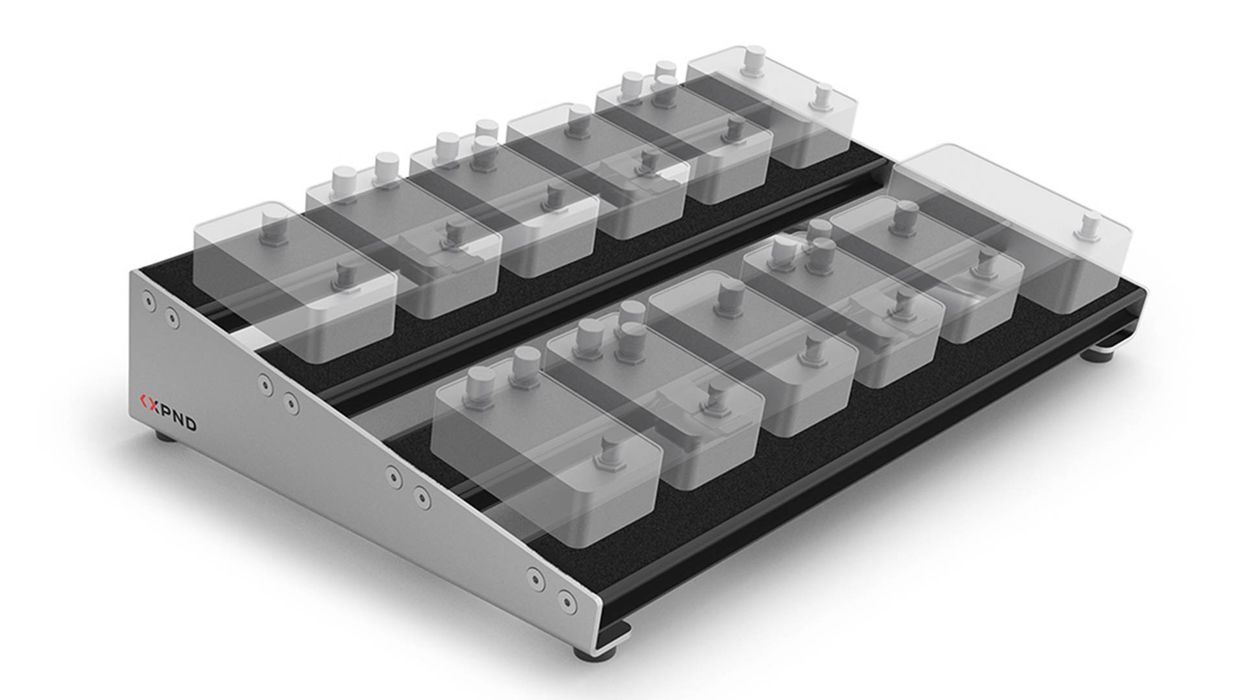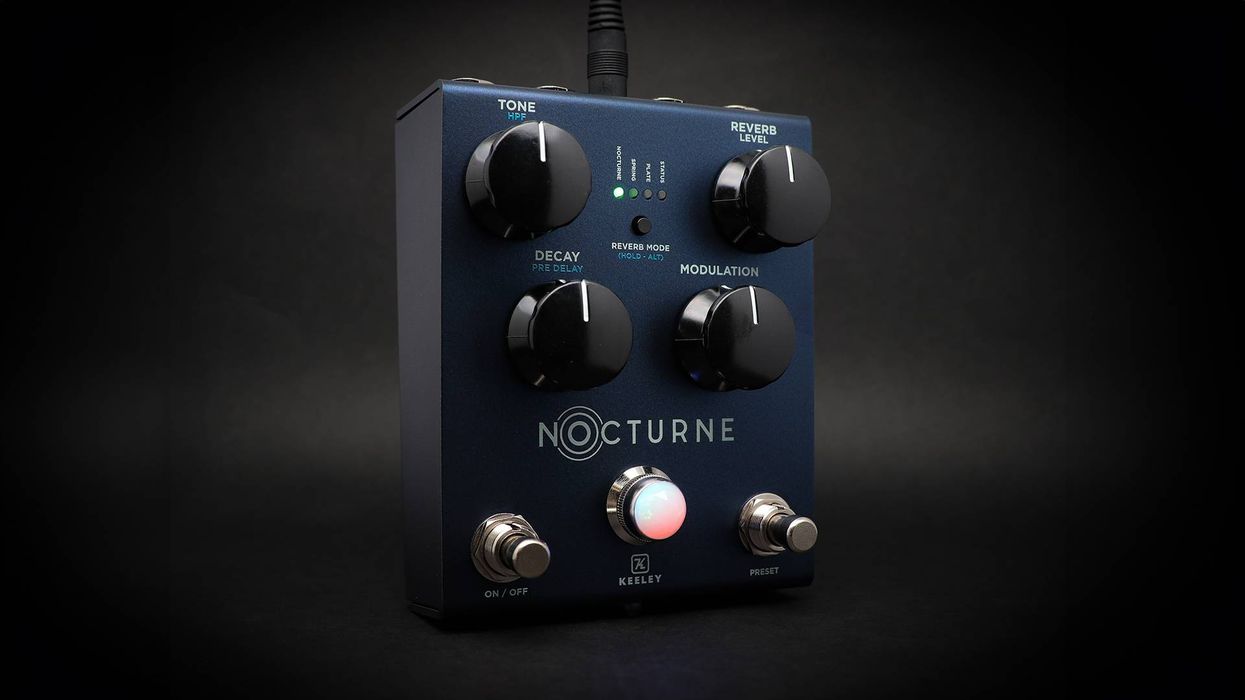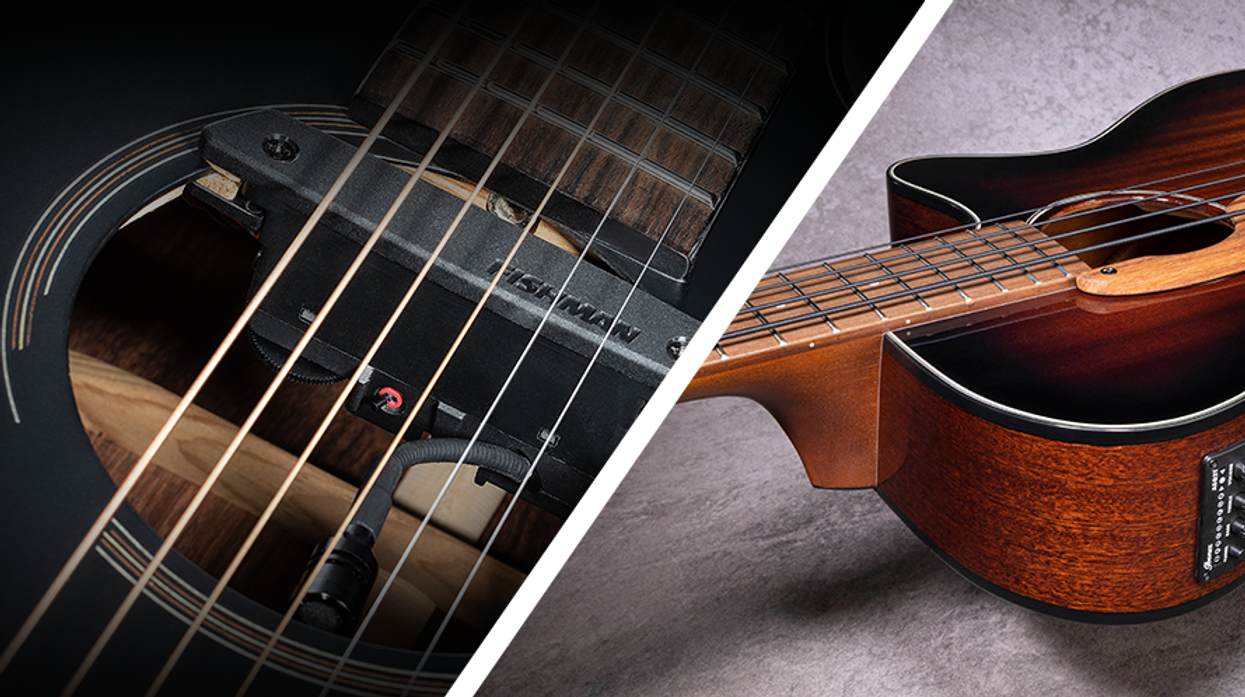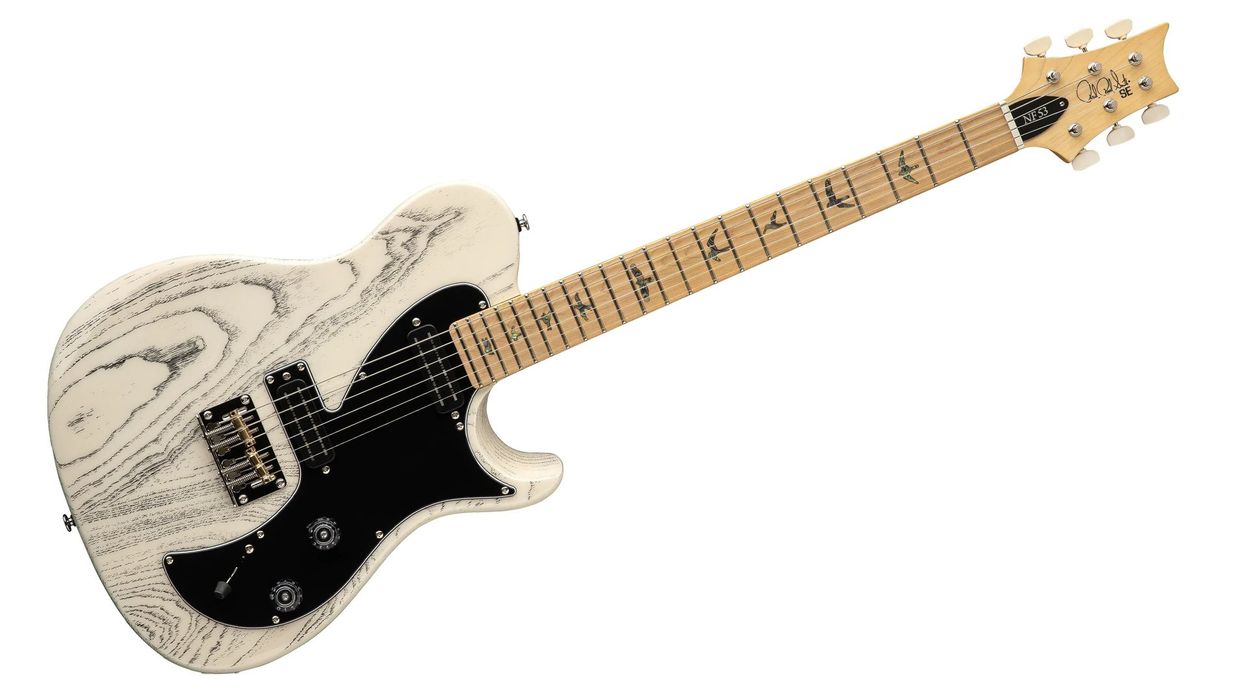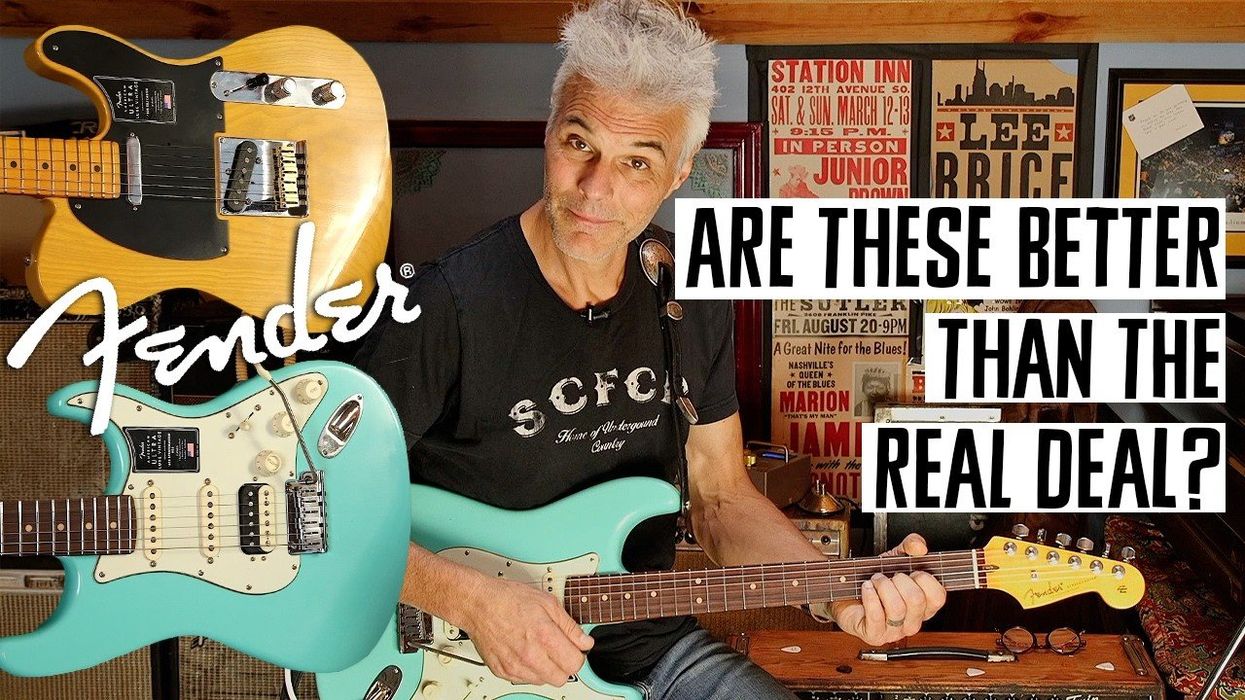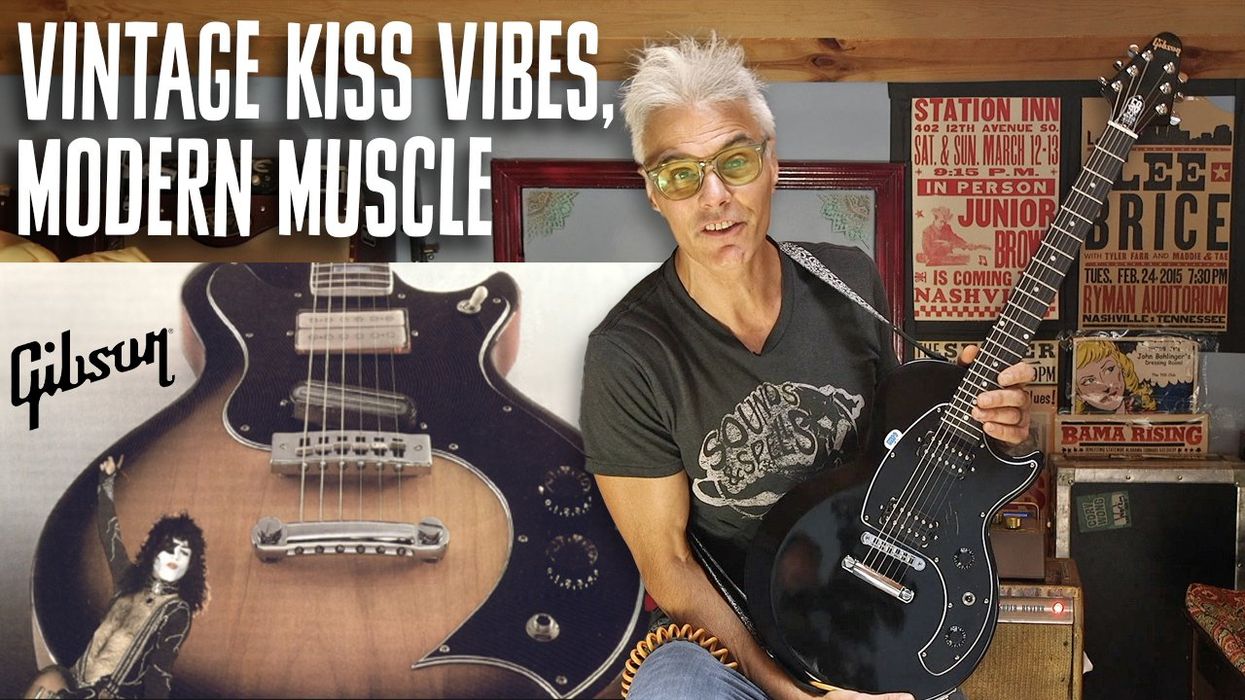For those old enough to remember, the Ibanez instrument company hasn’t always been associated with the modern stylings of their famed RG model, Vai JEM, or Gilbert Fireman. Back in the ’70s, the company was just starting to get a firm grasp on the artistic and production techniques that would define them as a major player in the musical instrument industry. Around this time, Ibanez’s reproductions of various Gibson designs instigated one of the industry’s most notorious lawsuits. In 1977, the Norlin Corporation—which owned Gibson at the time—sent a cease-and-desist warning to Ibanez. Gibson’s lawyers felt the best plan of attack was to base their lawsuit on similarities in body style and utility. On June 28, 1977, the case of Gibson v. Elger Co. opened in Philadelphia’s Federal District Court. In early ’78, the two sides reached an agreement: Ibanez would halt production on the look-a-likes if Gibson would refrain from any more lawsuits. Not only did this suit attract major attention to the burgeoning Japanese guitar market, but it also forced Ibanez to sink or swim by developing their own designs.
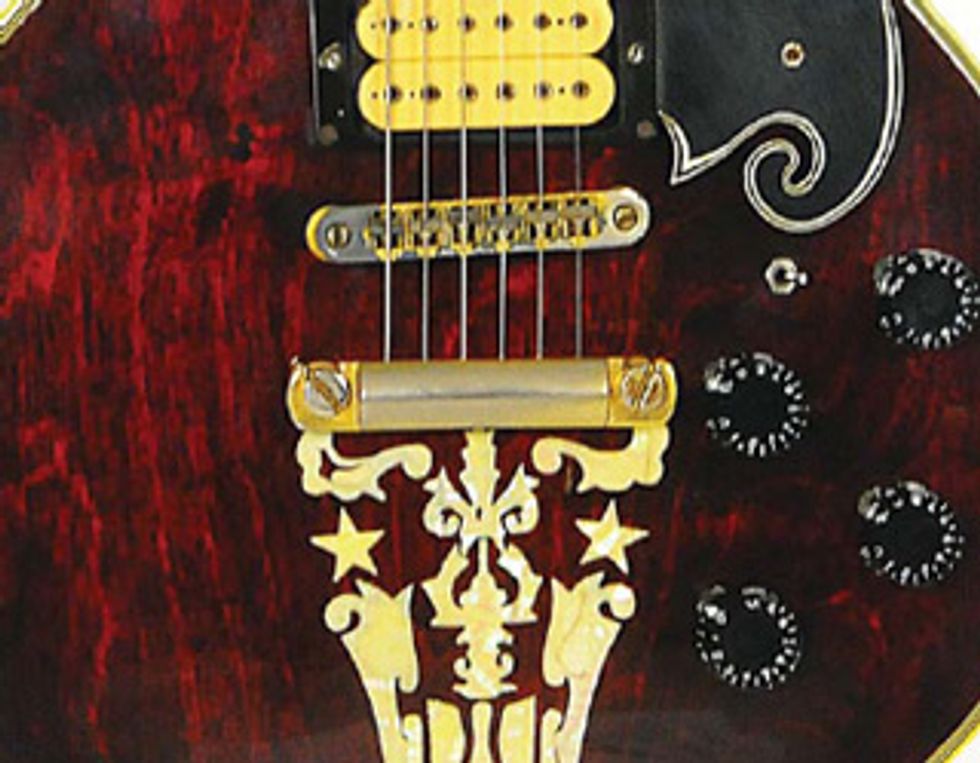 Here’s an example of an Ibanez “lawsuit-era”
guitar. The 1976 Custom Agent Artist 2405 in
a transparent maroon finish is a great example
of Ibanez’s penchant for melding traditional
design with artistic flair. The maple-topped
mahogany body sports a mother-of-pearl inlay
at its lower bout, matched by equally extravagant
MOP fretboard inlays, and a headstock
shape reminiscent of their mando-design. The
pickups were originally Super 80 models, but
were replaced with double-cream DiMarzio
Super Distortions before the current owner purchased
the guitar years ago.
Here’s an example of an Ibanez “lawsuit-era”
guitar. The 1976 Custom Agent Artist 2405 in
a transparent maroon finish is a great example
of Ibanez’s penchant for melding traditional
design with artistic flair. The maple-topped
mahogany body sports a mother-of-pearl inlay
at its lower bout, matched by equally extravagant
MOP fretboard inlays, and a headstock
shape reminiscent of their mando-design. The
pickups were originally Super 80 models, but
were replaced with double-cream DiMarzio
Super Distortions before the current owner purchased
the guitar years ago.Thanks to Dien Judge for the opportunity to feature this fine instrument.



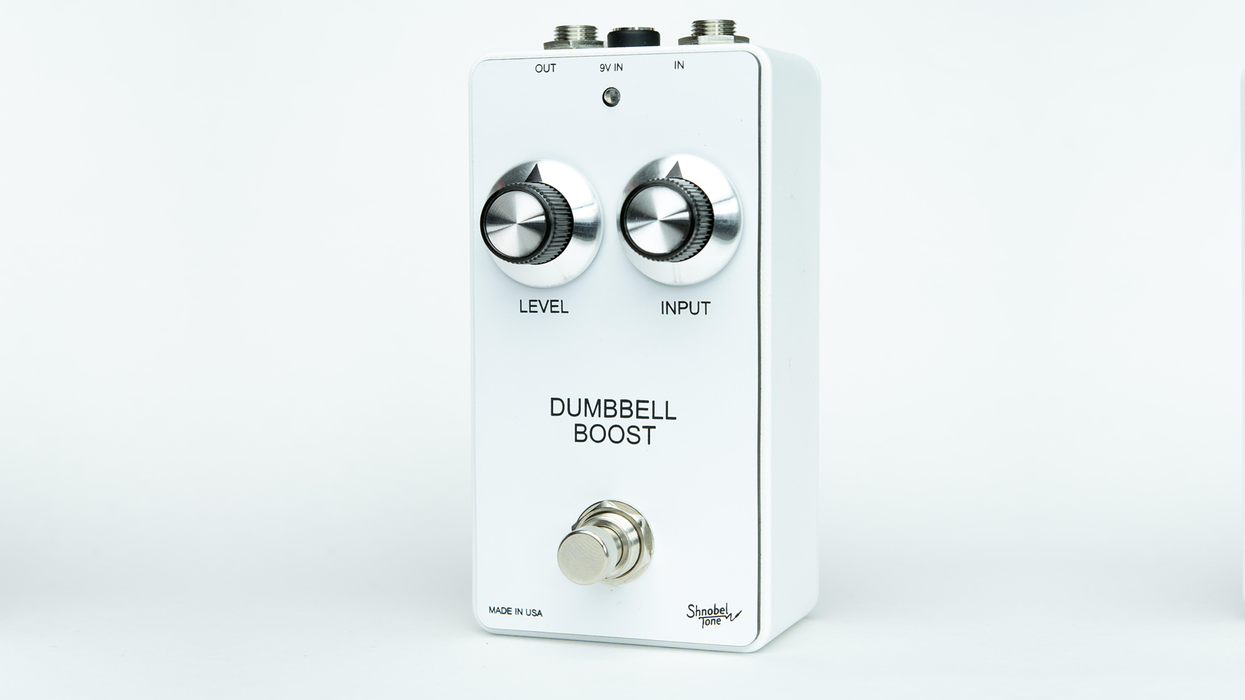
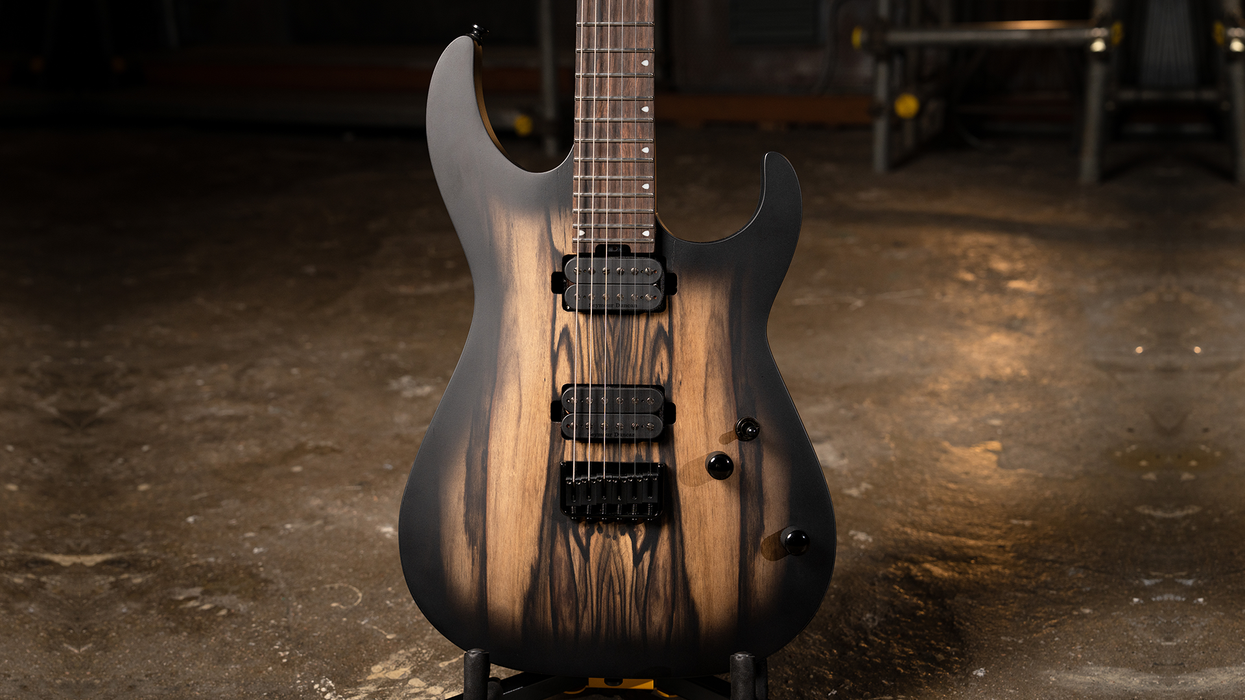


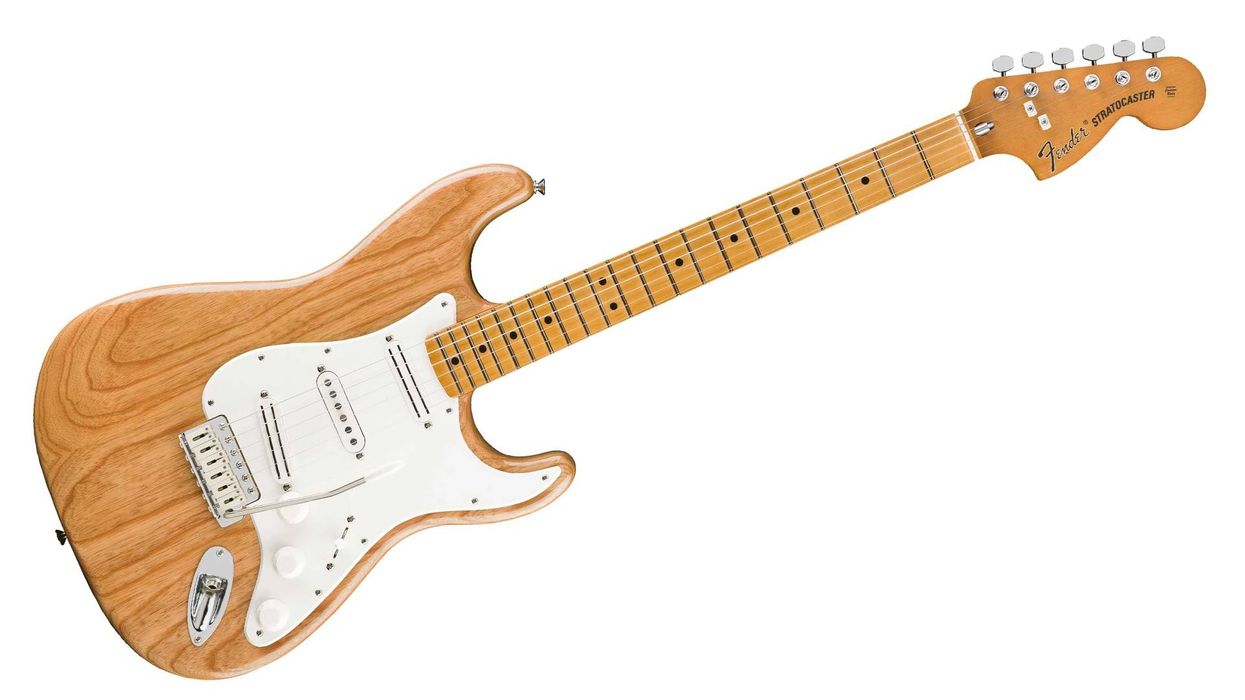



![Rig Rundown: Russian Circles’ Mike Sullivan [2025]](https://www.premierguitar.com/media-library/youtube.jpg?id=62303631&width=1245&height=700&quality=70&coordinates=0%2C0%2C0%2C0)
